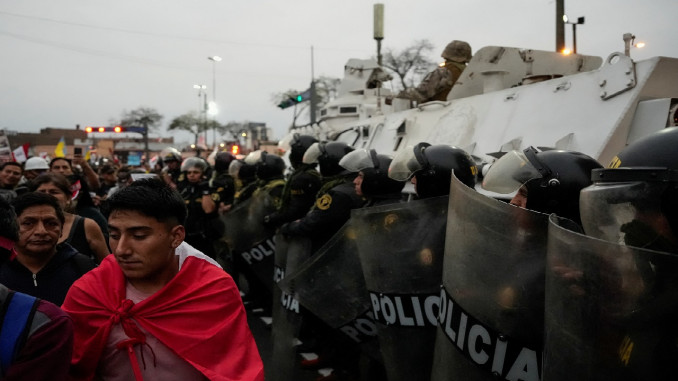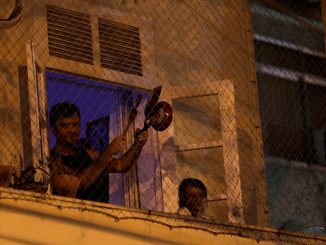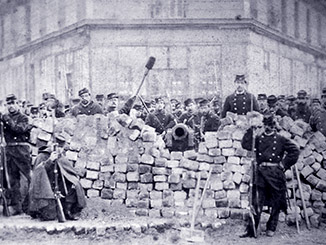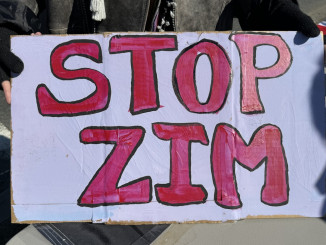
Last Wednesday, 21,000 people or more marched through the streets of Lima, Peru. The crowds held signs, chanted, and made their attitude known – they oppose the current government of President Dina Boluarte, which has attacked indigenous rights, and stands ready to privatize the state system of pensions. Meanwhile, the Boluarte government has done nothing for the poor, especially the nearly two-thirds of Peruvians who do not have regular jobs, but live in the informal economy.
This march was somewhat smaller than the Second March on Lima in January, and it faced much less repression from the police. However, these facts do not indicate that pressure on the government is letting up. In January, the majority of protesters were indigenous people from the agricultural provinces, especially the South. This time around, the majority of protesters were from Lima, middle class professionals, families, and students. The middle class has seen its fortunes utterly smashed in recent years due to economic instability and inflation while the rich have gotten richer. During the first march, the government used a heavy hand against the indigenous protesters, accusing them of being terrorists. Lima’s political establishment, which holds racist attitudes towards the indigenous majority, unleashed the full force of the police. More than 60 people were killed in clashes with the police. This time, only eight people were wounded. The government pulled back its police forces for fear of angering the Lima-based middle class who have much more weight politically in Peru’s politics.
This march is not an end point in the movement against the government. There are more marches scheduled, and more pressure will be put on the Boluarte government. Only 14% of Peruvians approve of Boluarte and the government, and many Peruvians want not only a new set of elections, but a new constitution and a new system entirely. The entrance of Lima’s middle class into the movement is an important fact, showing that it isn’t only the rural poor from the provinces who are ready to act. Now it’s up to Lima’s working class to make its numbers, and its power, felt in the movement.
In the coming weeks and months, if the working class of Peru’s cities, especially Lima, takes action, then the protests may begin to accomplish what they’ve set out to do – to retake Peru from the wealthy, racist elite who run the government and make up the political establishment. If the working class is conscious of its power and its interests, it could take this moment of crisis to impose a solution to Peru’s political and economic problems that can begin to benefit the majority of Peru’s working class and poor.




